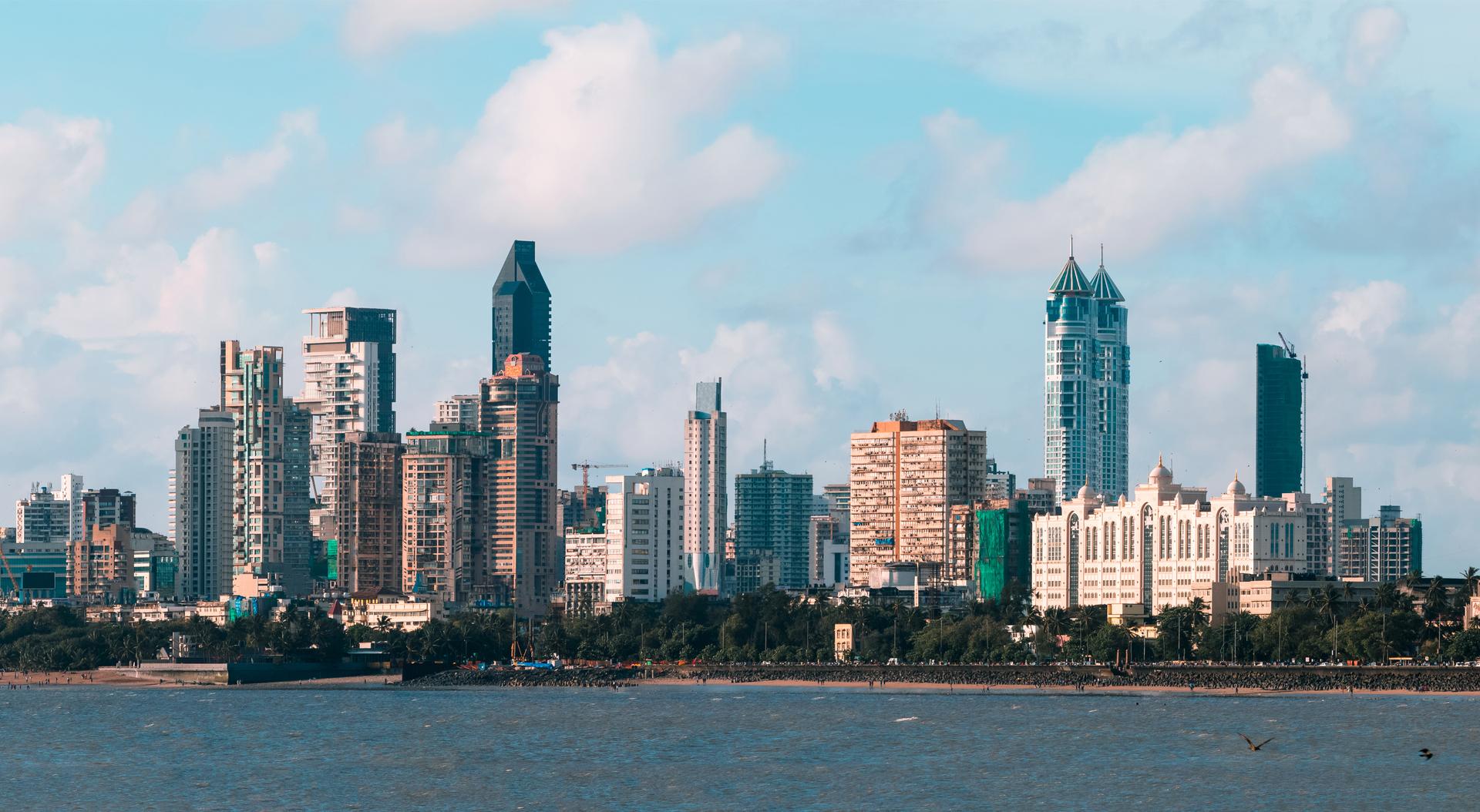Mumbai Residential Market Evolution: What does the future hold?
Mumbai’s real estate development, historically, began in the southern part of the city. With the heritage development in erstwhile southern region, most of the developments done in the past still stand strong with more delineation of submarkets of South Mumbai (as is it is known now). However, by 2016, development activity had increasingly moved toward the northern and eastern suburban markets. Regions like MaKaBo (Malad-Kandivali-Borivali), Andheri, and Bandra in western suburbs and Ghatkopar, Mulund, and Bhandup in eastern suburbs.
Figure 1. Shift in development pattern over 10 years.
This transition was dominantly
driven by three key factors:
- Greater land availability – with the robust development and growing
scarcity of land parcels in southern region pushed the momentum of progress
towards northern and eastern submarkets. These suburban regions had abundant space
that could accommodate the potential population of the financial capital of
India.
- Improved connectivity – the growing population, clouding business
hubs, and improvised standard of living, the one aspect that had to be taken
care of was infrastructure. The authorities worked on an elaborate plan and the
connectivity from residential hubs to major ancillary hubs were fixed with
rails, roads, and metro.
- Rising demand for residential housing in suburban areas – with the
hustle of growth came the concept of accommodation. Areas encircling western
and eastern suburbs started emerging as core residential hubs. The increasing migrating
population settling in Mumbai spiked the demand for housing in Mumbai. Flats for
sale in western suburbs also strengthened with supply influx.
I. Infrastructure-Led Expansion (2016–2024)
While the suburban railway network ensured north-south connectivity, east-west
connectivity remained a challenge. To address this and support the city’s
growing population, multiple transit infrastructure projects were initiated
during this period, including:
- New metro lines
- Road network enhancements
- Regional connectivity initiatives
As a result, the city witnessed marked expansion toward the northern and
eastern corridors.
There are other projects, both metro and other road projects, scheduled for completion by 2030:
II. Rise of Navi Mumbai and Thane
- Navi Mumbai, which had started establishing itself as a residential
destination between 2014 and 2016, gained significant traction during 2016–2024
due to:
1. The launch of Mumbai Trans Harbor Link (MTHL)
2. Start of Navi Mumbai Metro Line 1
3. The commencement of Navi Mumbai International Airport
- Thane emerged as another key residential hub, driven by enhanced
infrastructure and improved connectivity to central Mumbai.
These two sister cities experienced strong residential supply and demand, with
robust price appreciation and high absorption levels.
Figure 2. Price appreciation in 2024
III. Submarket Opportunities Across Price Segments
Mumbai’s diverse submarkets offer residential products across a wide pricing
spectrum:
- Core city areas have smaller average apartment sizes but deliver higher
Gross Development Value (GDV) due to premium per sq ft pricing.
- Peripheral submarkets offer larger units at more accessible price
points, attracting broader buyer interest.
IV. Role of Redevelopment and Infrastructure
- With limited greenfield development opportunities in core locations, redevelopment
has become a key strategy for developers.
- Ongoing and proposed infrastructure projects in dense urban neighborhoods are
unlocking new redevelopment potential, further enhancing connectivity
and livability.
V. Market Outlook and Growth Projections
Mumbai’s various residential
submarkets cater to a broad range of price points, thanks to the diverse
apartment configurations available. Although average unit sizes are generally
smaller in the city’s core areas, high per square foot rates lead to significant
development value and strong returns. Limited opportunities for greenfield
development in central Mumbai have pushed growth toward the north and east,
while redevelopment remains a key strategy for builders targeting prime city
locations. Ongoing and planned infrastructure upgrades in these dense
submarkets are also creating more redevelopment potential.
With ongoing projects like the Coastal Road and metro expansions, both the
Island City and suburban regions present strong prospects across different
price and volume categories. As of June 2024, Mumbai leads in both residential
launches and sales nationwide. It also holds the top spot in terms of
residential sales value, projected to cross INR 1.35 lakh crore in 2024—a
record for the city. This growth is expected to continue, with sales likely to
exceed INR 2.0 lakh crore by 2030, reflecting a CAGR of around 6.8%.
Mumbai currently stands out as:
Figure 3. Projected residential sales value between 2024 to 2030.
This sustained momentum is underpinned by strategic infrastructure investments,
evolving consumer demand, and strong developer activity across the city and its
growth corridors.
*Data and excerpts taken from JLL Research.
Are you a landlord?
Are you looking to lease or sell your properties? Advertising your property online with JLL is completely free. Reach hundred of thousands of potential tenants and buyers online.
